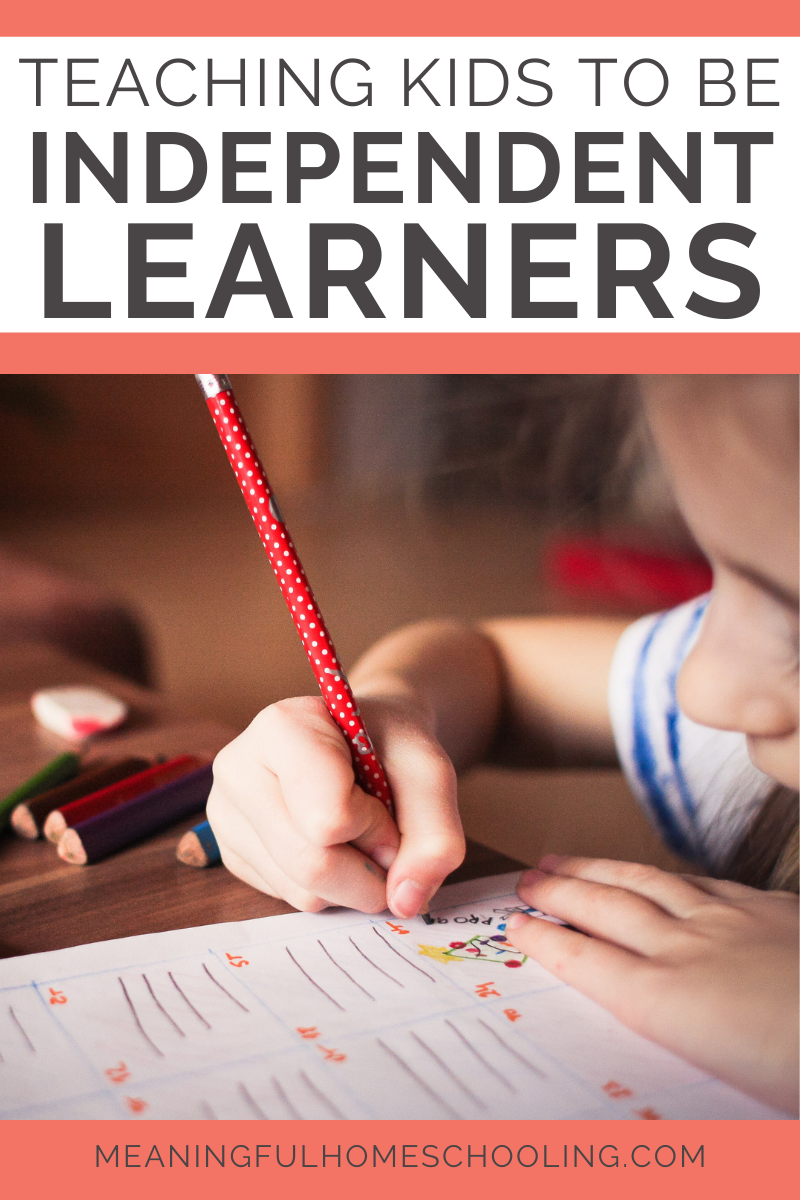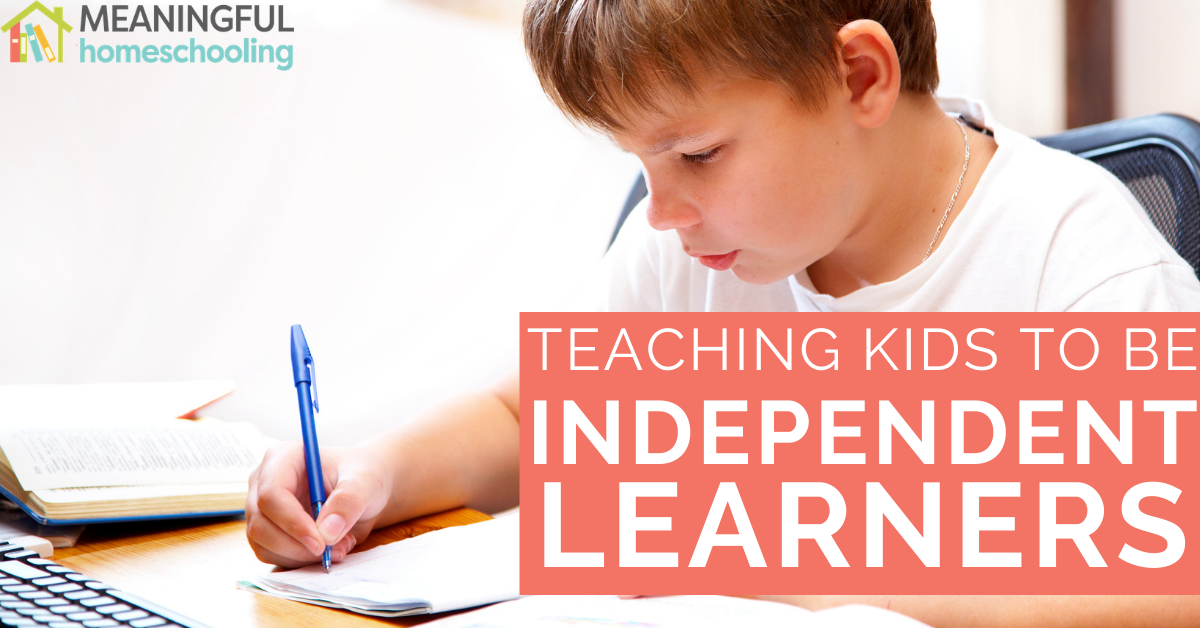Teaching Kids to Be Independent Learners
Teaching kids to be independent learners is most homeschooling parents’ goal. However, the thought is often met with lots of questions – How do I teach these skills? What age is appropriate to start? Are there certain resources used? These, and many other questions, are normal concerns that should be explored when venturing toward helping your kids become independent learners. Here are several ways to help foster these skills in your kids.

What is indepdendent learning?
Independent learning can have many definitions depending on the perspective. For most homeschooling parents, we see this as a child’s ability to learn and/or do their lessons and activities with little to no instruction. It can be something as small as completing a worksheet alone or setting goals and monitoring their own academic development. Of course there are steps to take to reach the latter, but overall, independent learning can look many ways.
What are the benefits of having independent learners?
Self-exploration and discovery are at the core of every child’s learning journey. When this is fostered, kids are able to see (and feel) the rewards of all they are learning in school and life. Statistics also show that independent learners have better academic performance, show an increase in motivation and confidence, and are more intellectually creative.
From a homeschooling parent point of view, independent learners require less hands-on instruction, make it easier to teach multiple kids, and provide more time for parents to focus on other kids who may require more attention. There are many other benefits, but these are often among the top of the list.

How to Teach Kids to be Independent Learners
Kids can begin learning these skills at an early age, and it also doesn’t take a huge list of resources or a long drawn out plan to succeed. Here are a few quick tips to help your kids become independent learners.
Understand your kids’ learning style.
To help your child become an independent learner, you (and they) must become familiar with their unique learning style. Oftentimes, when this step is missed, the opportunity to help them obtain this goal is missed. They may seem rebellious in working alone, whereas the issue is because they are being asked to do something that goes against their learning style.
For example, if a child is an auditory learner, giving them some physically and visually to do may not keep their attention. On the other hand, sit them down with an audiobook and they may complete the assignment in no time!
Start small.
No matter the age, children do need some form of guidance; however, when teaching the skills to become an independent learner, they will need opportunities to do so. In this case, start with a small assignment such as reading a book or completing a copywork page. You’ll be able to assess their behavior and work quality by using one small assignment at a time.
Include your kids input.
You may be surprised at what your kids would like to do independently. Simply ask them, “Would you like to do this assignment by yourself?” Pay attention to what they say yes and no to. If there is a pattern, then you will have a better idea of how to help them. For example, if they say no to all the science activities or assignments, chances are that may not be their favorite subject or they could use more help in that area.
Give your kids clear instructions.
When you are fostering independent learners, you’ll want to make sure they are given clear instructions. Give them an assignment or activity followed by the duration of time they have to work on it and what to do when completed. This is teaching them several skills all at once. From responsibility to integrity, they will know what is expected of them.

Final Thoughts
Teaching kids to be independent learners is a process, just like everything else in homeschooling. Take it one day (and assignment) at a time and pay attention to any cues your kids give you. If you notice they are doing well with what you’ve given them to do, add a little more. If they show signs of being stressed or overwhelmed, step back in and help them where needed. The overall goal of creating independent learners is to foster a love for learning in the process.
